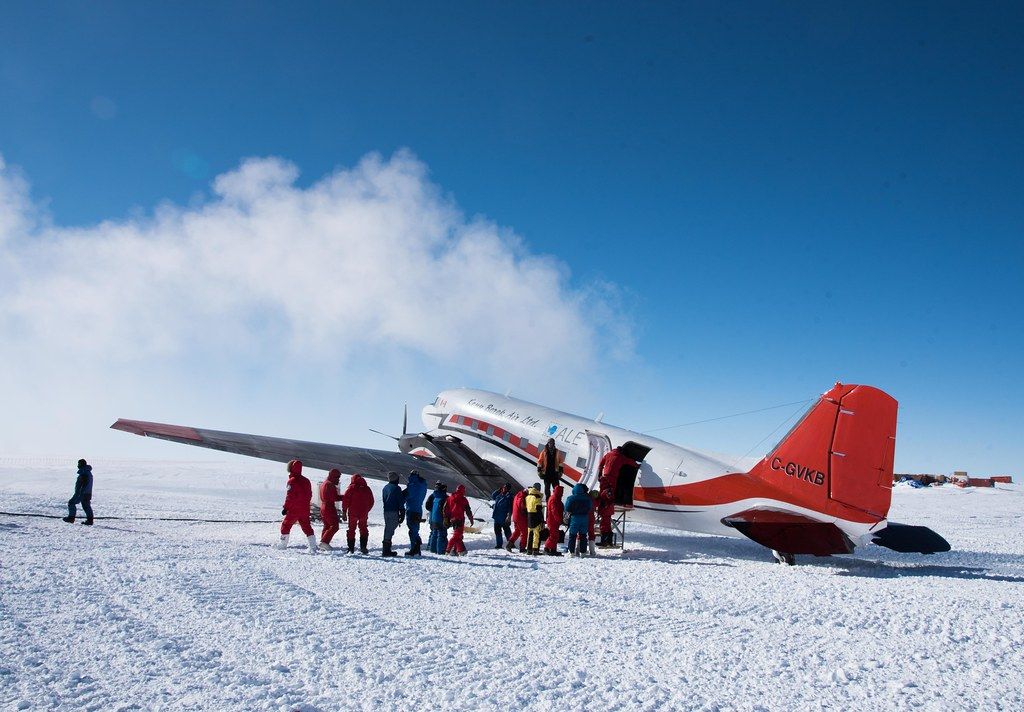In November 2023, Jessica Studer, a 33-year-old research medical doctor and professional pianist from Bremgarten, Switzerland, embarked on an extraordinary journey to Antarctica’s Concordia research station. Unlike typical work trips that involve a short flight and hotel stay, Studer’s expedition required several days of travel and a commitment to spend a year at one of the world’s most isolated outposts. Concordia, situated at 10,600 feet above sea level, experiences winter temperatures that can plummet to minus 112 degrees Fahrenheit, accessible only by aircraft during the summer months from November to February.
Studer’s mission was to conduct biomedical research for the European Space Agency. The station, operated by the French Polar Institute and Italy’s National Antarctic Research Program, serves as a simulation of a space station, providing valuable insights into the effects of isolation and confinement on humans—critical data for future deep-space missions. Her journey to this remote office was as challenging as it was unique.
Preparing for the Journey
Studer’s adventure began with a train ride to Paris, where she caught a flight to Christchurch, New Zealand, with a layover in Singapore. It was in Christchurch that she first met her fellow travelers, two other women also headed to Antarctica. The group quickly bonded, exchanging strategies on what to pack and how to prepare for the extreme conditions they would face.
At the airport, strict regulations ensured that no prohibited items such as seeds, food, or plants were brought into Antarctica, preserving the continent’s pristine environment. The flight to Antarctica was aboard a Hercules C-130, a massive aircraft that offered a unique experience with its longitudinal seats and lack of onboard toilets, making the seven-hour journey both challenging and memorable.
Arrival and Initial Challenges
Upon arrival in Antarctica, Studer was greeted by the stark beauty of endless ice shelves. The initial plan was to stay at an Italian logistical station for one night before proceeding to Concordia. However, the unpredictable Antarctic weather extended their stay to nearly a week, highlighting the logistical challenges of operating in such an environment. The phrase “en Antarctique pas de pronostique,” meaning “no forecast in Antarctica,” became a quick reality for Studer and her team.
During this time, Studer faced issues accessing her data due to the lack of phone service required for double verification. This experience underscored the technological limitations in such remote locations, reminiscent of the early days of the internet.
The Final Leg to Concordia
The final leg of the journey to Concordia was aboard a smaller, non-pressurized Basler BT-67 plane. The four-hour flight required passengers to don multiple layers of clothing to prepare for the extreme cold upon arrival. Landing at Concordia, Studer was immediately struck by the altitude and the vast, flat whiteness surrounding the station.
The station itself, composed of two towers connected by a tunnel, appeared minuscule against the vast Antarctic landscape. As the new crew arrived, they were warmly welcomed by the outgoing team, who advised them to acclimate slowly to avoid high-altitude sickness.
Life at Concordia
Concordia’s design is both functional and minimalistic, with one tower dedicated to dormitories, laboratories, and a hospital, aptly named the “calm tower,” while the other houses technical facilities, a video room, and a sports area. The living quarters, though compact, offer a degree of comfort and protection from the harsh environment outside.
Living in such isolation, with no wildlife or vegetation, presents unique psychological challenges. The station’s role as a simulation of a space station provides critical insights into how humans might cope with long-duration space missions, making Studer’s research invaluable.
Implications for Future Space Missions
The research conducted at Concordia is crucial for understanding the potential psychological and physiological impacts of extended space travel. By studying the effects of isolation and confinement on herself and her crewmates, Studer contributes to the broader effort to prepare astronauts for future missions to Mars and beyond.
“Concordia is more isolated than the International Space Station, 240 miles above Earth’s surface,” Studer noted, emphasizing the station’s unique position as both a research hub and a training ground for space exploration.
As humanity looks towards the stars, the lessons learned at Concordia will undoubtedly play a pivotal role in shaping the future of space exploration. Studer’s journey to the world’s most remote office is not just a testament to human resilience and curiosity but also a crucial step in our quest to explore the unknown.
About The Author
 Apple’s AI Setback: Considering OpenAI to Power Siri Amid Legal Challenges
Apple’s AI Setback: Considering OpenAI to Power Siri Amid Legal Challenges Tesla Faces Record Sales Decline Amidst Rising Competition and Controversy
Tesla Faces Record Sales Decline Amidst Rising Competition and Controversy Hermit Crabs’ Sensitivity Linked to Bold Decision-Making
Hermit Crabs’ Sensitivity Linked to Bold Decision-Making NASA Engineer Dwayne Lavigne: The Mind Behind Stennis Space Center’s Engine Tests
NASA Engineer Dwayne Lavigne: The Mind Behind Stennis Space Center’s Engine Tests Women’s European Championships 2023: A New Era Begins
Women’s European Championships 2023: A New Era Begins